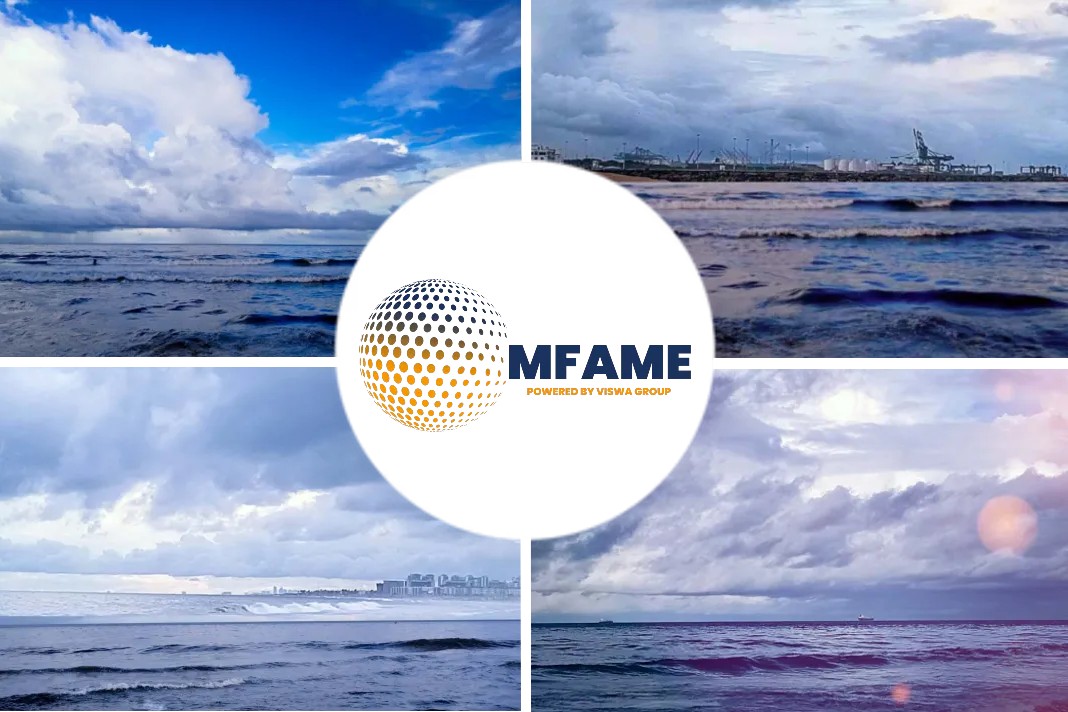- Wartsila says installing scrubbers isn’t the silver bullet.
- The move comes on the recent developments 2020 sulphur cap imposed by IMO.
- Wartsila have 70-80 scrubbers last year and it can’t equip 20,000 ships in a year’s time.
- Moreover the high cost (1-5 million euros) of installing scrubbers is acting as a deterrent.
- The time (10-20 days) required for installing scrubbers is another area of concern.
As the 2020 sulphur cap is closing in, shipping industry is having a tough time complying to the new regulations. Many of them has taken the route of installing scrubbers and are hoping that these so-called sulphur scrubbers are a quick-fix solution to compliance, Wartsila, the world’s biggest manufacturers of the equipment reportedly told Reuters.
The International Maritime Organization’s (IMO) cut to the amount of sulphur the world’s fleet can emit will have massive implications for shippers, oil refiners and even crude oil producers.
The Scrubbers Solution
Scrubbers that strip sulphur as fuels are burned, allowing ships to continue using high-sulphur fuel oil. Finland’s Wartsila Marine Solutions is taking in record orders as the 2020 deadline draws nearer.
However, Sigurd Jenssen, the company’s director of exhaust gas cleaning, said that while the equipment has a major part to play, there is “no silver bullet” to ensure the deadline is met.
“You can’t equip 20,000, 30,000, 40,000 ships … in one year,” he said.
Wartsila installed 70-80 scrubbers last year, accounting for about a third of the market, and Jenssen said that fitting 2,000-3,000 ships with scrubbers by 2020 is “doable”. But with a global fleet of about 60,000 vessels travelling international routes, according to brokers Alphatanker, a large number will have to turn to cleaner fuels.
Not Enough Scrubbers Investments
The International Energy Agency said on Wednesday that there has not been enough investment in scrubbers and it is worried about the market’s ability to meet demand for the low-sulphur marine fuel that will be needed by ships without scrubbers.
The IMO rules cut the maximum amount of sulphur emissions to 0.5 percent from 3.5 percent, meaning that ships without scrubbers have to burn lower-sulphur fuels such as marine gasoil or ultra-low-sulphur fuel oil. Experts say this will cut fuel oil demand by anywhere from 1.7 million barrels per day (bpd) to 3.5 million bpd.
Cost Concerns
Jenssen said that 60 percent of new-build ships in Korea, a major ship-building hub, were fitted with scrubbers last year and that the market to retrofit existing vessels is “picking up quite rapidly”.
- But at a cost of between 1 million euros and 5 million euros (876,228 pounds to 4.9 million pounds) for the equipment alone, Jenssen said some ship owners are holding back.
- “A lot of smaller players with less-strong balance sheets … want to wait to see how the fuel market is moving as well,” he said.
- Fitting a scrubber can take as little as 10-20 days but a bespoke engineering plan is also required and the entire process can take up to a year.
- “The lead time on the equipment is somewhere between 7-9 months. But before you get to the point of ordering there’s some investigations and work to be done that can easily take a couple (more) months,” Jenssen said.
As demand increases, that time frame could get longer, he added.
So, despite time and cost concerns installing scrubbers is the only viable option for shipowners and they are hoping to get a longer time span as the demand increases.
Did you subscribe for our daily newsletter?
It’s Free! Click here to Subscribe!
Source: Reuters
















